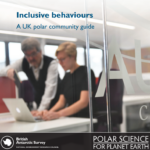Antarctica and the Earth System (1st Edition)
17 April, 2025 by Michael Meredith
This book presents a state-of-the-art overview of the role that Antarctica and the Southern Ocean play as integral parts of the Earth System. While often characterised as the last great…